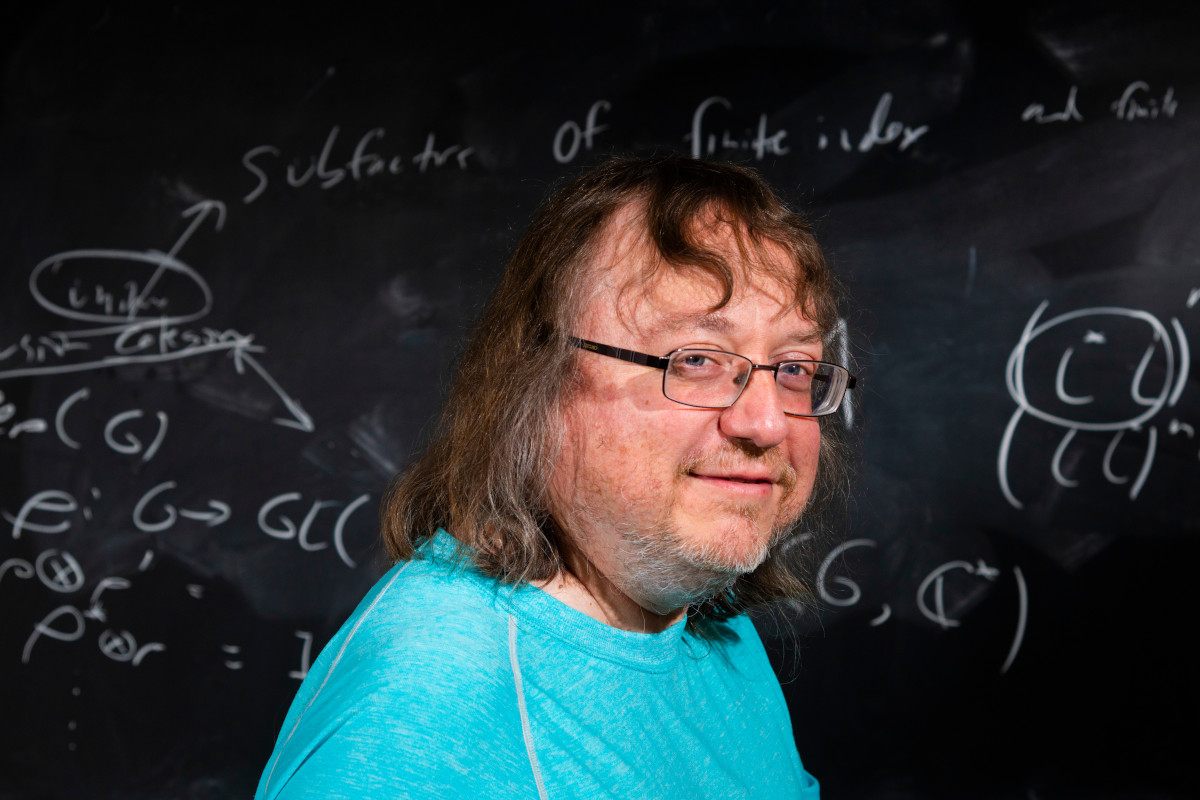Course Outline
Underlying our math education is the premise that mathematics can and should be stripped of all context. Pure and formal, this we believe is math in its ultimate and most powerful form. We then learn to apply it in all sorts of directions. We see that it is through deep theories like calculus that we can predict and control Nature, technology, economics...
On the other hand, this course studies the deep connection of math with culture. It argues that no mathematics is universal -- in particular our math is Eurocentric and rooted in ancient Greece. By studying the math appearing in different cultures at various times, we see that all kinds of alternatives are possible. For example, we learn that although many hunter-gatherer languages don't count past five, these peoples were capable of masterful feats of engineering and flourished for thousands of years in what were often formidable environments.
In this course we explore math and statistics from this perspective, using examples from around the world, especially North American indigenous communities. Naturally, there are strengths and weaknesses to every culture's approach. For example our math and stats has led to unprecedented breakthroughs in science and technology (there are footprints on the Moon!). But the focused tunnel vision it encourages makes it harder to see things more holistically. Presumably this has deepened the environmental crisis, the unconstrained growth of power and influence of multinational corporations, etc.
Our technological and economic domination of the world leads to an arrogance which blinds us to other possibilities. For example, we will ask whether calculus is really the perfect fit to Nature that we're taught. Are there alternatives?
Our formal approach to math feeds the math anxiety many of us experience and blocks many of us from careers in STEM. In fact, though it is generally acknowledged that mathematics and statistics are the gateway to STEM, is it necessary for all of us to be proficient in this formal math? Wouldn't softer versions suffice for most of us?
Once we recognize that math and stats come in different forms, we open ourselves to using them to better experience the awe of the natural world, the beauty and creativity of our art, etc.
The Instructor
This course will be taught by Dr. Terry Gannon.
Dr. Gannon is a professor at the University of Alberta and the former Chair of its Department of Mathematics and Statistical Sciences. His research interests cover a wide range of mathematical topics, especially the interactions of algebra, number theory, and mathematical physics. In particular some of Dr. Gannon's work is related to a rich structure discovered in mathematical physics called conformal field theory. In his words "I enjoy math which spills over boundaries, and I love to learn new stuff." Dr. Gannon is the author of over 70 articles and the book "Moonshine beyond the Monster: the bridge connecting algebra, modular forms, and physics".


Territorial Acknowledgement
The University of Alberta, its buildings, labs and research stations are primarily located on the territory of the Néhiyaw (Cree), Niitsitapi (Blackfoot), Métis, Nakoda (Stoney), Dene, Haudenosaunee (Iroquois) and Anishinaabe (Ojibway/Saulteaux), lands that are now known as part of Treaties 6, 7 and 8 and homeland of the Métis. The University of Alberta respects the sovereignty, lands, histories, languages, knowledge systems and cultures of all First Nations, Métis and Inuit nations.





